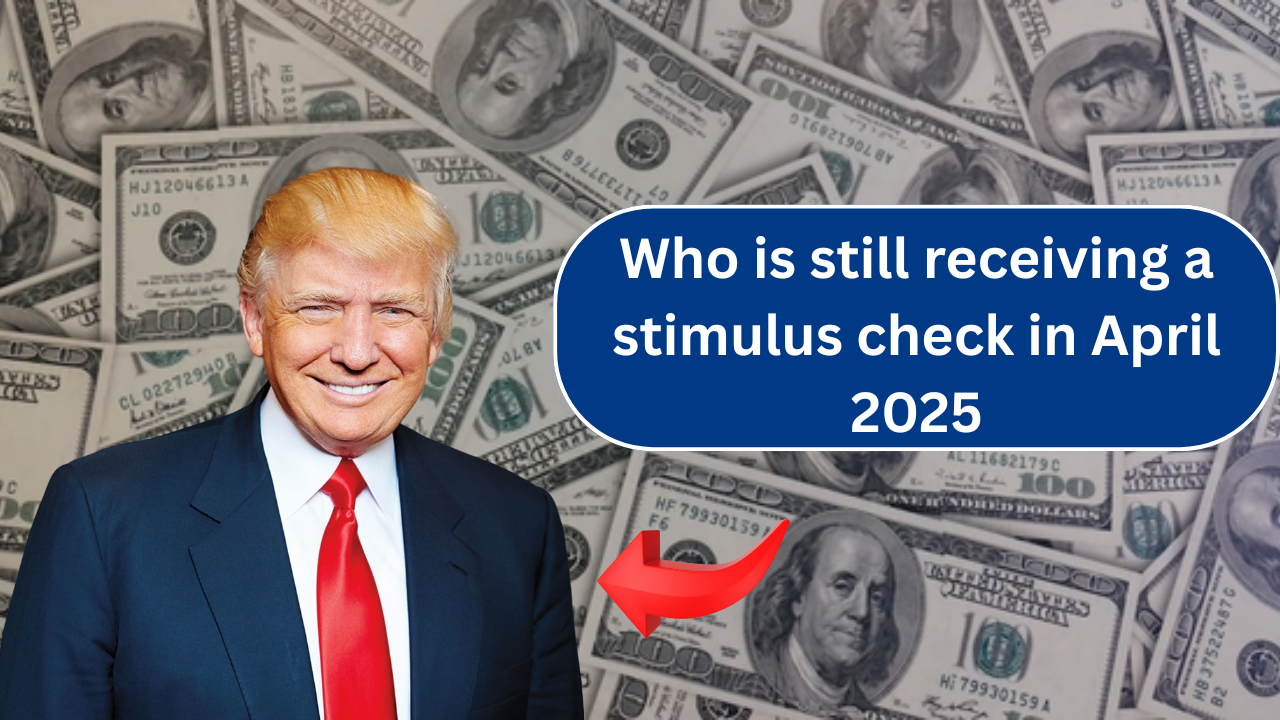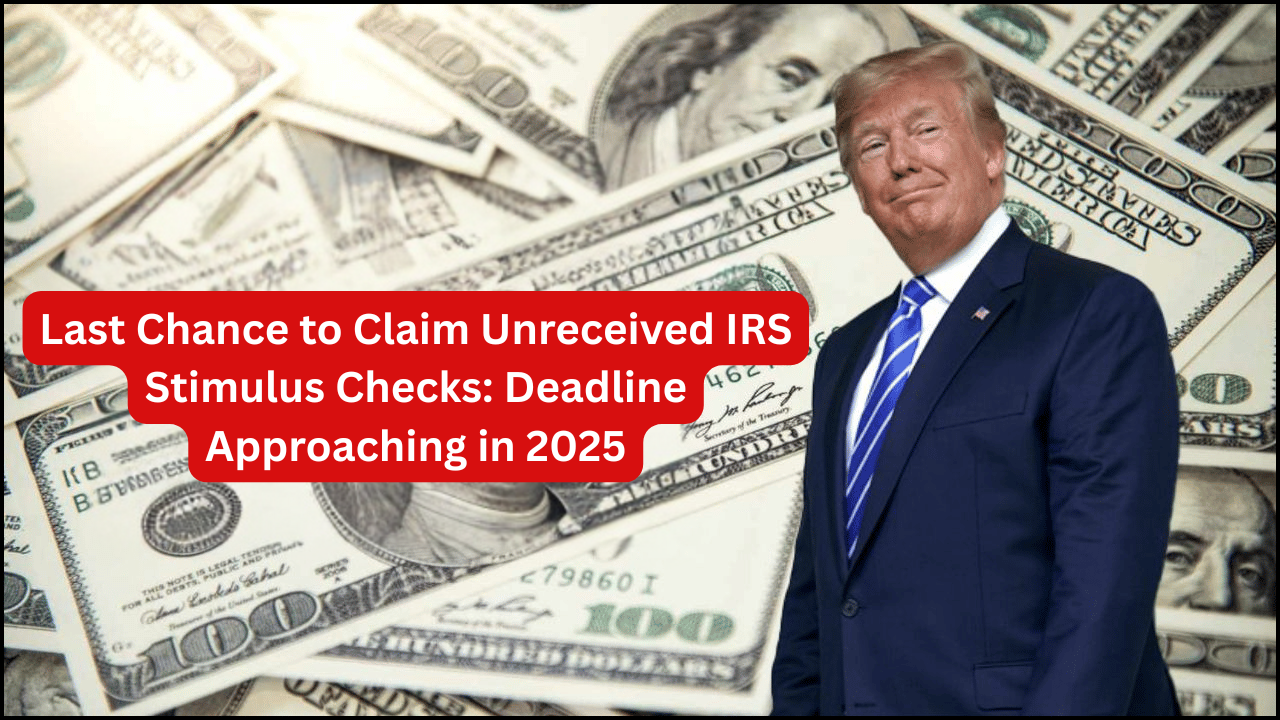As the U.S. economy continues to face challenges, President Donald Trump has proposed several bold economic ideas aimed at reshaping the financial landscape. From stimulus checks based on Dogecoin (DOGE) to eliminating federal taxes on overtime pay, these proposals have captured the public’s attention. However, their current status remains uncertain as legislative processes and debates continue. Here’s where three of Trump’s economic ideas stand today.
DOGE Stimulus Checks: A Bold Proposal with Uncertain Future
One of the more unique proposals emerging from Trump’s economic plan is the idea of DOGE stimulus checks. Inspired by cryptocurrency, specifically Dogecoin (DOGE), the proposal suggests distributing a portion of the Department of Government Efficiency’s projected savings to U.S. taxpayers in the form of cryptocurrency. This could potentially amount to checks of up to $5,000 per individual.
The idea is rooted in an ambitious plan where the government would utilize savings from various efficiency measures to send stimulus payments, which could be made in DOGE. While proponents argue that this could be a way to help Americans weather financial hardship and encourage innovation, the proposal remains speculative. Even though high-profile figures like Elon Musk have voiced support for cryptocurrencies, including Dogecoin, Musk himself has distanced from the initiative.
As of now, the DOGE stimulus check idea has not gained traction in Congress. The proposal requires a significant amount of legislative approval before it could even be considered, and there are still no formal plans in place to make this a reality. Additionally, given the volatility of cryptocurrencies, such a move would require careful consideration by financial experts to ensure it would not destabilize the economy.
No Tax on Overtime: A Proposal with Mixed Reactions
Another economic proposal on the table is the idea of eliminating federal taxes on overtime pay. President Trump has suggested that by removing federal income tax on overtime earnings, workers would take home more money for their extra hours, potentially boosting their disposable income and encouraging workers to put in longer hours when needed.
Supporters of the proposal argue that it would benefit workers who are already facing inflationary pressures and stagnant wage growth. By reducing the tax burden on overtime, it could incentivize hard work and provide a financial boost to employees who regularly work beyond their normal hours.
However, critics argue that this measure could have unintended consequences. Some economists worry that removing taxes on overtime could lead to an increase in excessive working hours without addressing underlying issues such as wage disparities or workplace safety. Moreover, overtime pay is designed to ensure that workers are compensated fairly for additional hours, and lowering taxes on this could erode protections in place for the workforce.
This idea has not yet been enacted into law, and it faces significant hurdles in Congress. Although it has received support from some groups, others caution that such a proposal would need to be evaluated carefully to avoid exacerbating labor issues. To track updates on overtime regulations and tax laws, the U.S. Department of Labor remains the authoritative source on labor-related policy changes.

Tax Cuts and Tariffs: Trump’s Continued Focus on Economic Growth
In addition to the DOGE stimulus checks and overtime tax cuts, President Trump has made several proposals aimed at reducing the tax burden on American workers. One of the most talked-about is his plan to eliminate taxes for individuals earning less than $150,000 annually. This proposal is aimed at providing tax relief to middle-income earners and incentivizing spending, which in turn could stimulate the broader economy.
Furthermore, Trump has advocated for eliminating taxes on tips and Social Security benefits. Proponents argue that this would put more money in the pockets of workers in industries like hospitality and service, where tips make up a significant portion of their income. These proposals align with Trump’s broader focus on reducing government intervention in the economy, aiming to allow individuals to keep more of their hard-earned money.
However, critics point out that these tax cuts could contribute to a widening budget deficit. Without offsetting measures to raise revenue elsewhere, reducing taxes on middle-class and low-income Americans could exacerbate the national debt. Additionally, eliminating taxes on tips and Social Security could lead to a reduction in funding for crucial social programs that provide benefits to the elderly and disabled.
As of now, the tax cuts are in the proposal stage, with lawmakers yet to decide on their implementation. The potential economic impact and long-term sustainability of such proposals remain under debate. For more information on the tax cuts and their potential impact, the U.S. Internal Revenue Service (IRS) offers updates on ongoing tax policy changes.
Conclusion
While these economic proposals from President Trump reflect bold ideas designed to stimulate the economy and reduce the tax burden on Americans, their future remains uncertain. The DOGE stimulus checks are still speculative and require significant legislative action, while the overtime tax proposal has met with mixed reactions and is yet to be enacted into law. On the other hand, Trump’s broader tax cut agenda continues to fuel debates over fiscal responsibility and the long-term health of the U.S. economy.
As these ideas continue to be discussed in Washington, it’s important for American citizens to stay informed about how these proposals could impact them. Legislative action will be necessary for any of these ideas to come to fruition, and it’s clear that many stakeholders politicians, economists, and everyday Americans—will be closely watching the progress of these plans.



